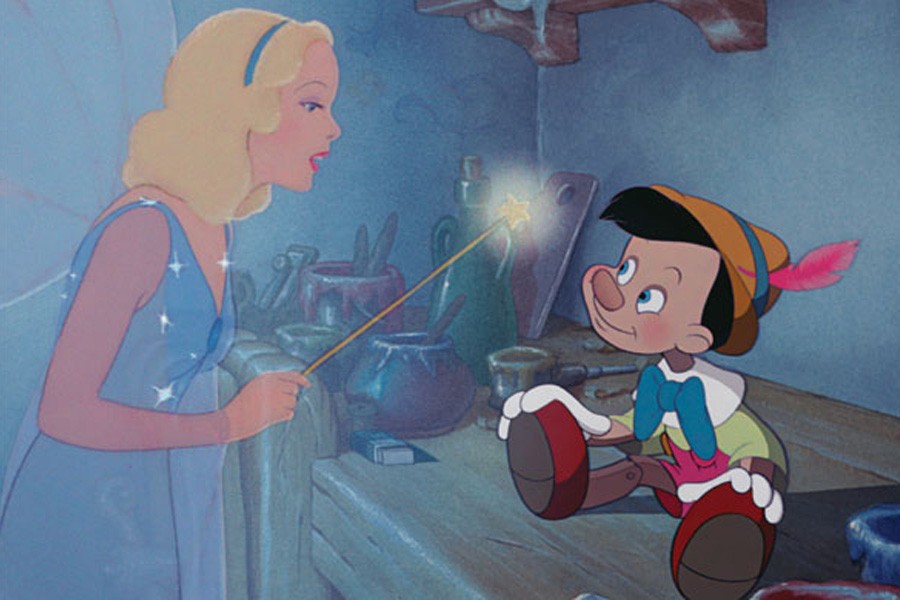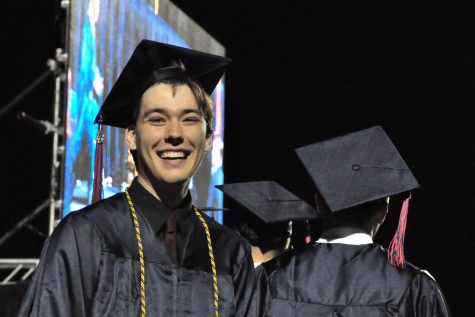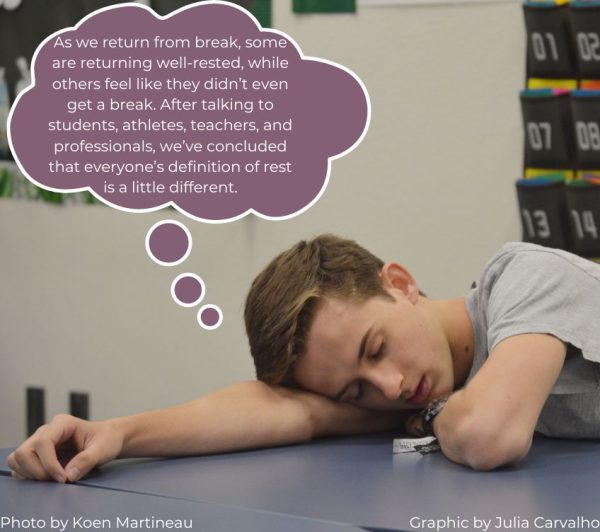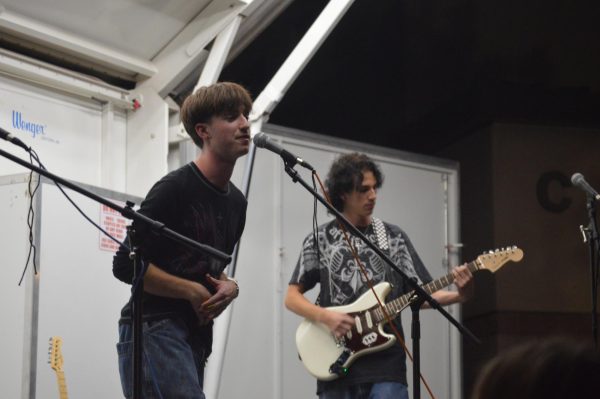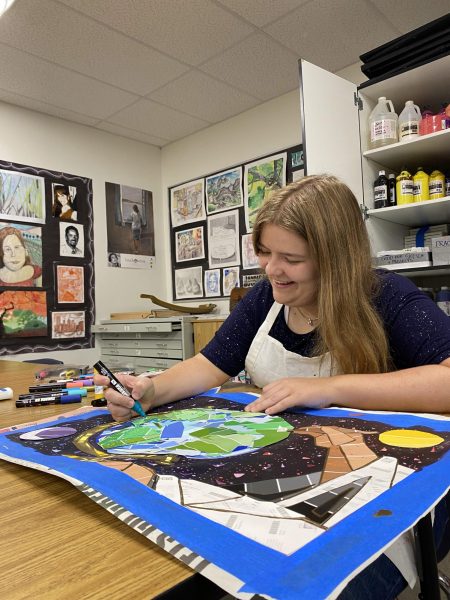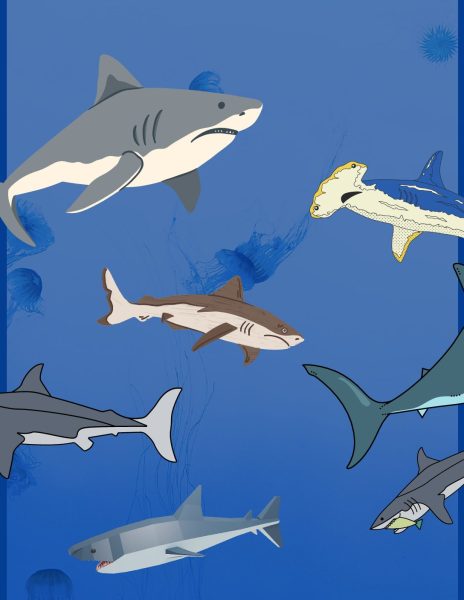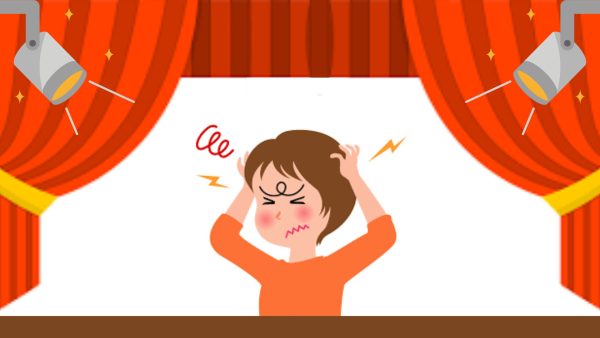The Disney Year: “Pinocchio” handily proves it isn’t wooden
The Blue Fairy (voiced and modeled by Evelyn Venable) gives life to Pinocchio (voiced by Dickie Jones) in the opening scenes of “Pinocchio” (Disney).
June 3, 2015
The output of Walt Disney Animation Studios–currently totaling 54 full-length films–has been cherished by audiences young and old for almost 80 years. In this weekly online feature, arts and entertainment editor Nathan Tucker will review and rank each of them.
Pinocchio should not work. It is based on a relatively obscure Italian kid’s book. It can be uncharacteristically disturbing (no other Disney film, to my knowledge, includes child slavery as a plot point). And it is a profoundly weird movie, operating on a constant stream of dream logic.
Yet an ethical dialogue grounds the more fantastical elements of Pinocchio and the one-of-a-kind animations tie up the rest of the picture in a bow. Miraculously, this odd little amalgam is a real film.
One early decision that pays off is to set the first act of the film entirely in Geppetto’s workshop, slowly setting up the central characters. The audience gets a very solid idea of who Geppetto, Pinocchio, and Jiminy Cricket are in the half-hour they get to spend alone with them. When Pinocchio crosses the threshold into the cruel and frightening world outside, the viewer can already predict how he will respond when the themes set up in that first act–good and evil, honesty and lies, selflessness and selfishness–reappear in this new setting. Where Snow White and the Seven Dwarfs, Disney’s previous feature, was all but plotless, Pinocchio is built around the millennia-old Hero’s Journey: Pinocchio leaves the security of home to achieve his goal of becoming a real boy, undergoes trials and temptations throughout his quest, and finally returns to his father to help him with the knowledge gained on the quest–an act that results in the puppet becoming a real boy. Sticking to this time-tested story arc gives the film more weight and meaning than simple set pieces and antics of Disney’s prior work.
Between its dark undercurrents and thematic weight, Pinocchio is probably more rewarding for adults than kids. Add the moralizing bluntness aimed directly at kids and it is not hard to see why the neither-fish-nor-fowl film lost money on its original release. But “tough to love” is different than “unloveable” and Pinocchio’s prickliness gives it a personal feel even as it adopts the kind of technical wizardry and polish that only professionals can provide.
The result of that professionalism is gorgeous animation. Particularly notable are the elemental effects from the subtle shifts in lighting to the impressionistic waves in the final sequence. The sight gags have all been whittled down to their best bits; unlike the somewhat tedious slapstick in Snow White, the humor here runs like clockwork. Even more so than Disney’s previous feature, Pinocchio is a master class in innovative and painterly animation, every frame crafted with the care of master artisans.
Pinocchio is not a typical pick for favorite Disney film. But it deserves to be. Between the narrative, the visuals, and the songs lies something else that keeps the reels running: a beating heart and soul.
The List:
1. Pinocchio
2. Snow White and the Seven Dwarfs

